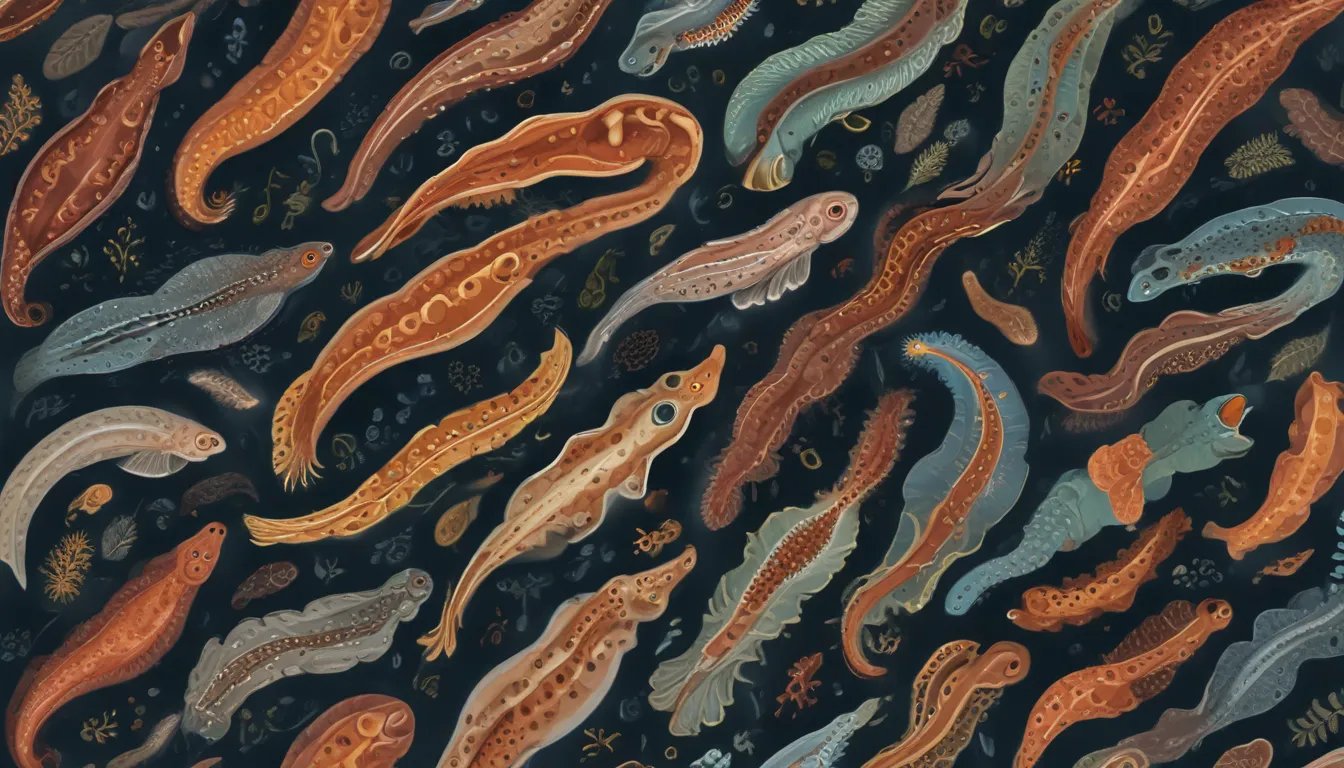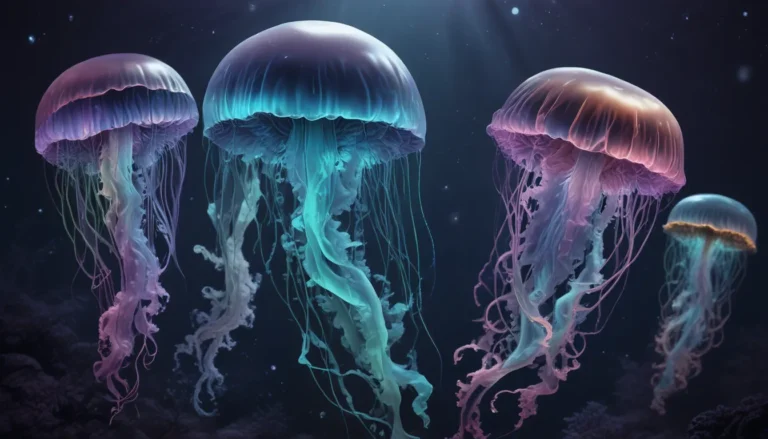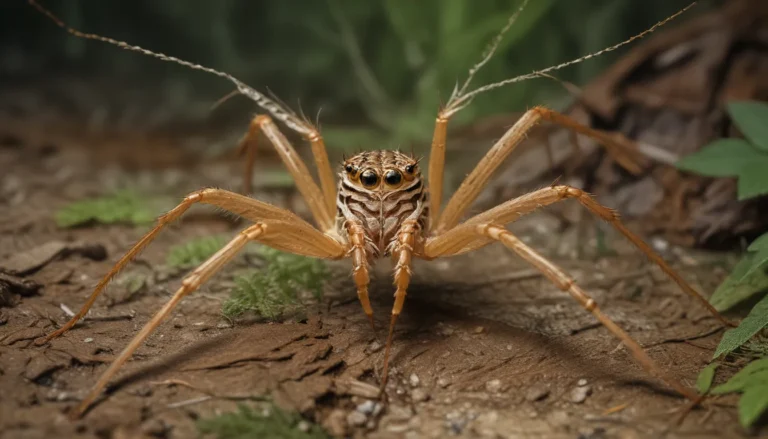The pictures we use in our articles might not show exactly what the words say. We choose these pictures to make you interested in reading more. The pictures work together with the words but don’t take their place. The words still tell you the important facts.
Welcome to the mesmerizing realm of planarians, the captivating flatworms that continue to astound researchers and nature enthusiasts alike. These remarkable creatures from the phylum Platyhelminthes have piqued the curiosity of scientists worldwide, thanks to their extraordinary regenerative abilities and a myriad of other fascinating characteristics. In this article, we will delve into 14 compelling facts about planarians, exploring their anatomy, behavior, and ecological significance.
Unveiling the Mysteries of Planarians:
- Planarians can regenerate their entire body: One of the most remarkable traits of planarians is their unparalleled regenerative prowess. These creatures possess the astounding ability to regenerate into complete organisms from even the tiniest fragment.
- Planarians boast an exceptional lifespan: Despite their small size, some species of planarians have been known to live up to an impressive 20 years, showcasing their longevity in the animal kingdom.
- Unique hermaphroditic reproductive system: Planarians are hermaphroditic, possessing both male and female reproductive organs, enabling them to reproduce through both sexual and asexual means.
- Impressive learning and memory capabilities: Despite their size, planarians display remarkable learning aptitude and can retain learned behaviors for extended periods.
- Versatile diet: Planarians are scavengers and predators, feasting on a diverse array of small organisms such as protozoans and smaller planarians.
- Mimicry as a defense tactic: Certain species of planarians mimic toxic animals, utilizing this camouflage to evade predators that associate bright colors with toxicity.
Delving Deeper into Planarian Wonders:
- Complex nervous system: Planarians possess a surprisingly effective decentralized brain structure known as a nerve net, allowing distributed neural processing throughout their bodies.
- Light-sensing ability: Equipped with photoreceptor cells, planarians can detect light, aiding in orientation and response to environmental changes.
- Significance in scientific research: Planarians serve as valuable model organisms in various scientific studies, offering insights into regeneration, neurobiology, and stem cell research.
- Resilience to extreme conditions: Thriving in harsh environments, planarians exhibit resilience to extreme temperatures and pollutants, showcasing their adaptability.
- Remarkable chromosomal features: Planarians possess a unique ability to regenerate their chromosomes, maintaining genetic integrity during the regeneration process.
Unveiling Planarians’ Intriguing Characteristics:
- Distinct body morphology: Planarians sport flat bodies with a characteristic elongated shape, enabling efficient movement through water and along surfaces.
- Sensitivity to environmental changes: Equipped with sensory cells, planarians can detect chemical signals, temperature fluctuations, and water currents, aiding in navigation and survival.
Enlightening Discoveries on Planarians:
Planarians stand as captivating marvels of the animal kingdom, offering a wealth of insights into regeneration, biology, and survival strategies. Whether you're intrigued by their reproductive marvels, adaptability in diverse habitats, or role in scientific exploration, planarians serve as a rich tapestry for study. Embrace the intricacies of these enchanting creatures to gain a deeper understanding of life's diverse complexities and marvel at their profound engagement with the world around them.
Frequently Asked Questions:
- What are planarians? Planarians are flatworms belonging to the class Turbellaria, known for their regenerative abilities and distinctive triangular head shape.
- How do planarians reproduce? Planarians are hermaphroditic, possessing both male and female reproductive organs and can reproduce through sexual and asexual means.
- Can planarians survive in different environments? Yes, planarians exhibit resilience and can thrive in various environments, including freshwater, saltwater, and terrestrial habitats.
- How do planarians regenerate? Planarians undergo a complex process of cell division and tissue rearrangement to regenerate missing body parts.
- What role do planarians play in scientific research? Planarians are extensively studied in regenerative medicine and developmental biology, offering insights into tissue regeneration and therapy development.
- Are planarians harmful to humans? No, planarians are not harmful to humans and are often studied in controlled laboratory settings for their biological properties.
- How do planarians navigate their environment? Utilizing a simple nervous system, planarians rely on chemoreceptors, photoreceptors, and tactile receptors to sense and respond to their surroundings.
Planarians beckon us into a realm of unparalleled wonder, where regeneration, resilience, and adaptation intertwine to create a captivating tapestry of life. Join us as we unravel the enigmatic world of planarians and delve into the captivating mysteries that these extraordinary creatures hold.






